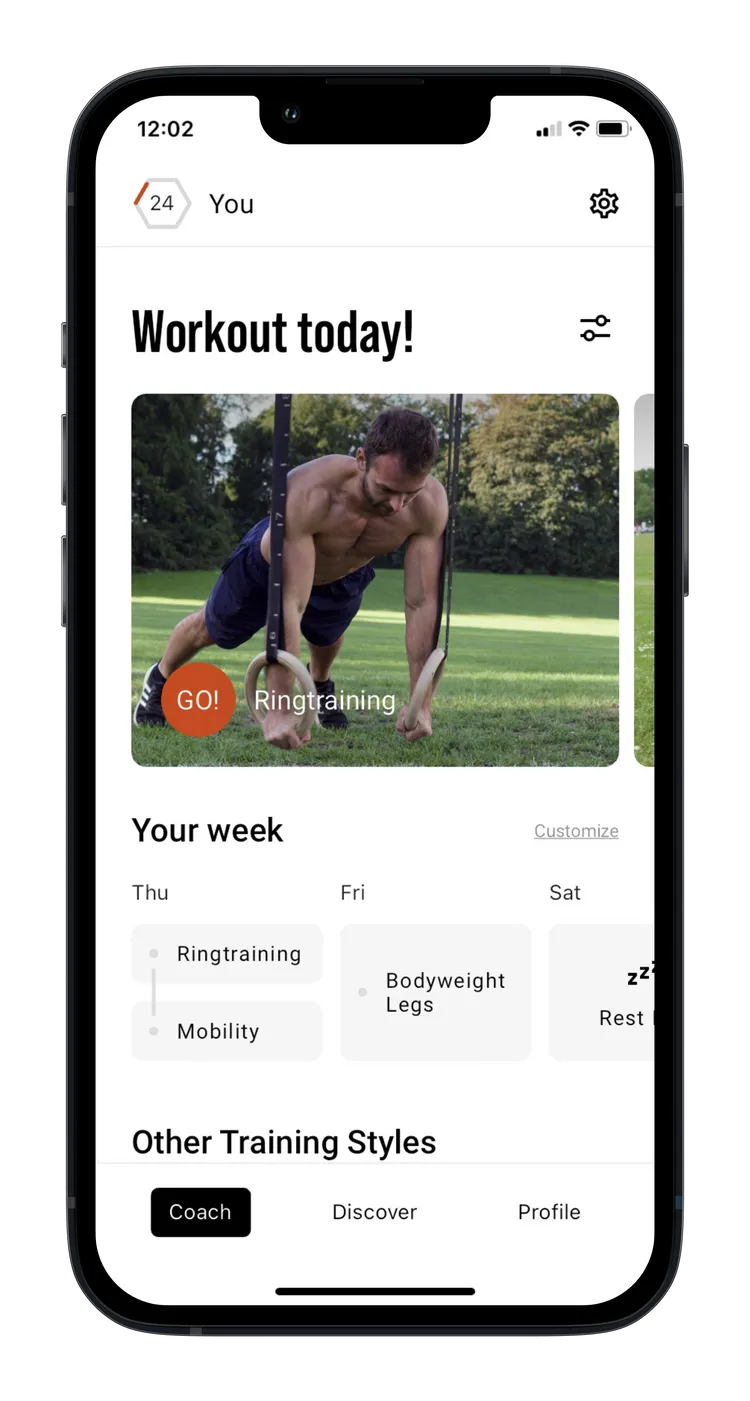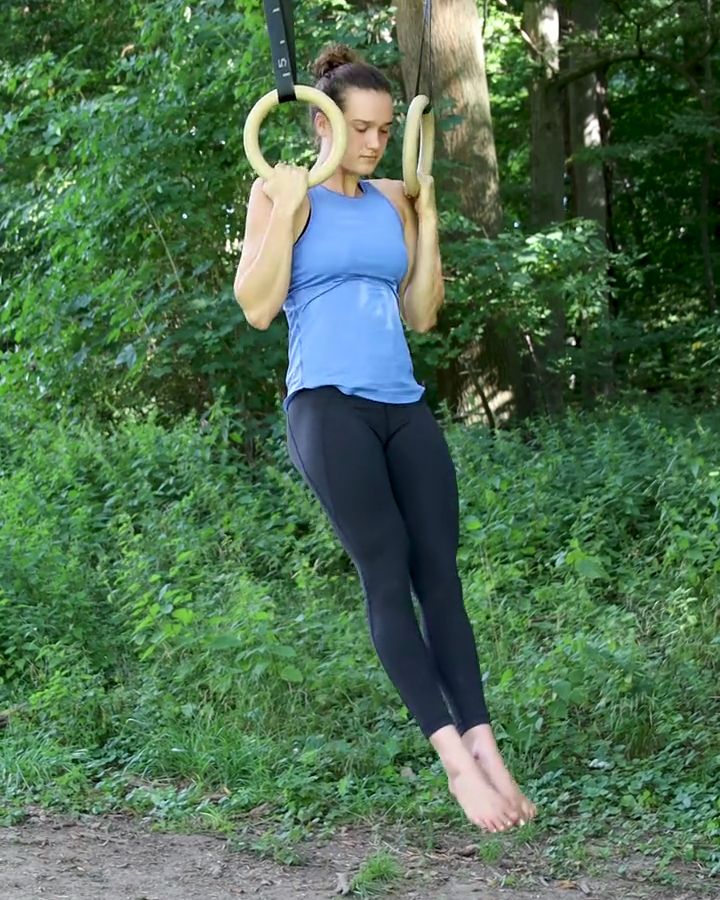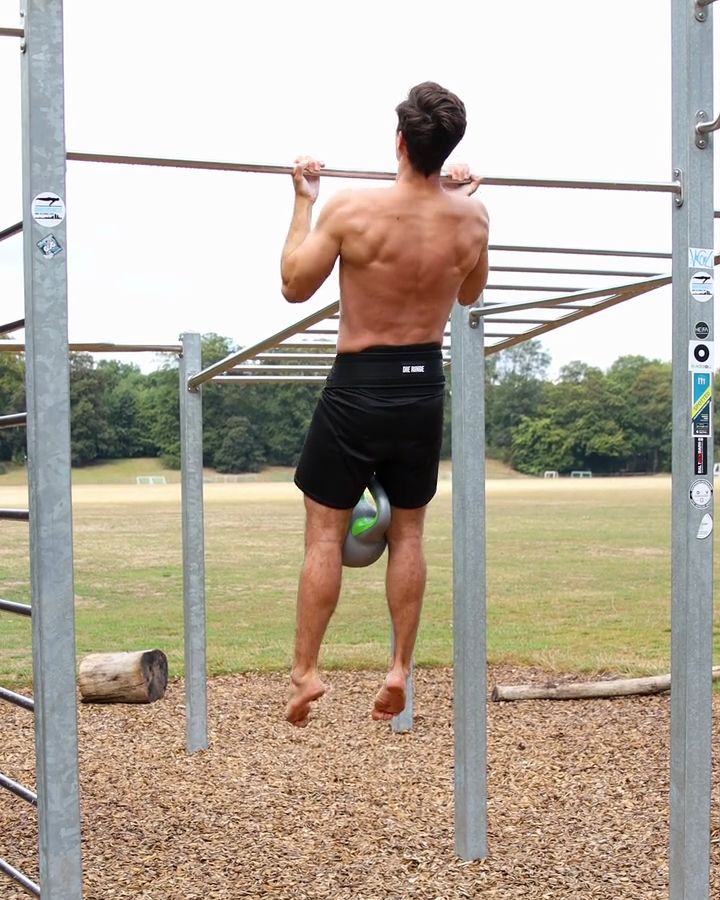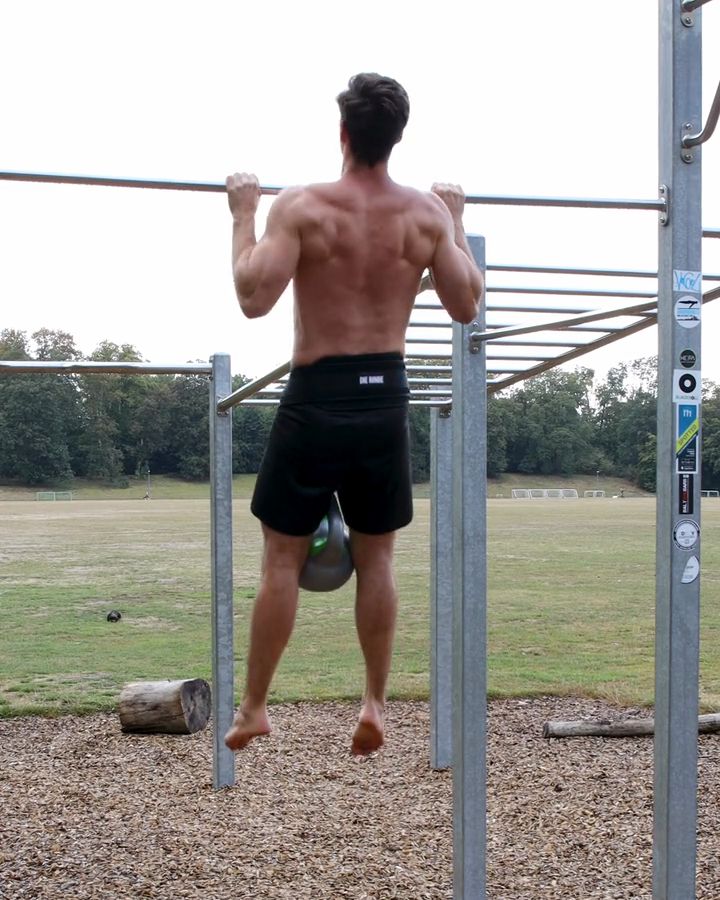Typewriter Pull Ups
Typewriter Pull Ups are a Pull-Up variation where you alternately extend the left and right arm to the side while hanging in a bent-arm position. Typewriter Pull Ups look similar to Archer Pull Ups, but they are much easier.
Necessary equipment
Typewriter Pull Ups - the correct execution
- Start in the top position of the climate
- Stretch one arm to the side
- Hold the other ring close to the chest
- Change the arms slowly and controlled
The exercise Typewriter Pull Ups, Typewriter Chin Ups is intended to be used as a hypertrophy exercise.
Which muscles are trained by Typewriter Pull Ups, Typewriter Chin Ups?










Primary trained muscles for Typewriter Pull Ups, Typewriter Chin Ups
Latissimus - The latissimus dorsi is a large muscle in your back that helps you pull your arm down and back. It also supports breathing and stabilizes the spine.
Biceps - The biceps brachii muscle is located on the front of your upper arm. It helps you bend your arm at the elbow, rotate your palm upwards, and lift your arm forward.
Upper Back - The muscles in the upper back, including the trapezius and rhomboid muscles, help move and stabilize your shoulders. They pull the shoulder blades together and support posture.
Secondary trained muscles for Typewriter Pull Ups, Typewriter Chin Ups
Forearm - The forearm muscles are divided into flexors and extensors. The flexors bend your wrist, while the extensors straighten it.
Similar exercises to Typewriter Pull Ups, Typewriter Chin Ups
Chin Ups with gym rings
Pull-ups on gymnastics rings, also known as ring pull-ups, are a fundamental exercise in calisthenics. Compared to classic overhand grip pull-ups on a bar, ring pull-ups are often gentler on the wrists and elbows since the rings are freely rotatable and can adapt to the body's natural movement. However, the muscles engaged remain the same as with bar pull-ups. Ring pull-ups also serve as an ideal preparation for advanced exercises such as the ring muscle-up or L-sit pull-ups on rings.
Weighted Chin Ups
Weighted chin-ups, also known as chin-ups with a neutral grip, are an excellent exercise for the back and biceps. Compared to weighted pull-ups (overhand grip), there are slight differences in the muscles targeted between the two variations—differences even measured in studies. However, the differences are so small that they hardly matter for most people, unless you’re pursuing serious bodybuilding goals. Both exercises activate muscles similarly, with chin-ups emphasizing the biceps and slightly engaging the chest, while pull-ups target the lower trapezius a bit more. Bottom line: both are great for building a strong back. But if your goal is to learn the bar muscle-up, then the weighted pull-up is the better choice!
Weighted Pull Ups
Weighted pull-ups with an overhand grip (palms facing forward) intensify the classic pull-up by adding extra weight to specifically train the upper back, latissimus, and biceps. They are an ideal progression from regular overhand grip pull-ups on the bar, allowing you to gradually increase the load and challenge the muscles further.
While there are slight differences in muscle engagement between weighted chin-ups and weighted pull-ups—differences even confirmed in studies—they’re minimal enough that they hardly matter for most people, unless you have ambitious bodybuilding goals. Both exercises activate muscles in similar ways: chin-ups engage the biceps and chest slightly more, while pull-ups work the lower trapezius a bit more. Bottom line: both versions are great for building a strong back. But if you aim to learn the bar muscle-up, the weighted pull-up is the better choice!
This could also be interesting
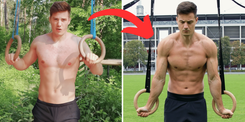
Calisthenics Body Transformation – How to Build a Strong, Lean, and Athletic Physique
Transform your body with Calisthenics! Build muscle, burn fat & achieve a shredded physique with bodyweight training. See real before & after results!

The Best Fitness Apps in 2025: Our Top 10 Recommendations
Don’t miss the best fitness apps of 2025: surprising favorites, free options, and perfect tools for your workouts. Find the ideal app today!
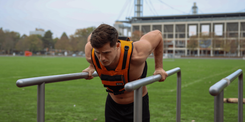
Complete Calisthenics Skills List – 40+ Exercises from Beginner to Pro
Which calisthenics skills should you learn first? And which ones will really help you progress? In this article, you’ll find a complete list of over 40 exercises – from the very basics to the toughest moves for professionals. Each exercise comes with instructions, so you can immediately integrate them into your training.
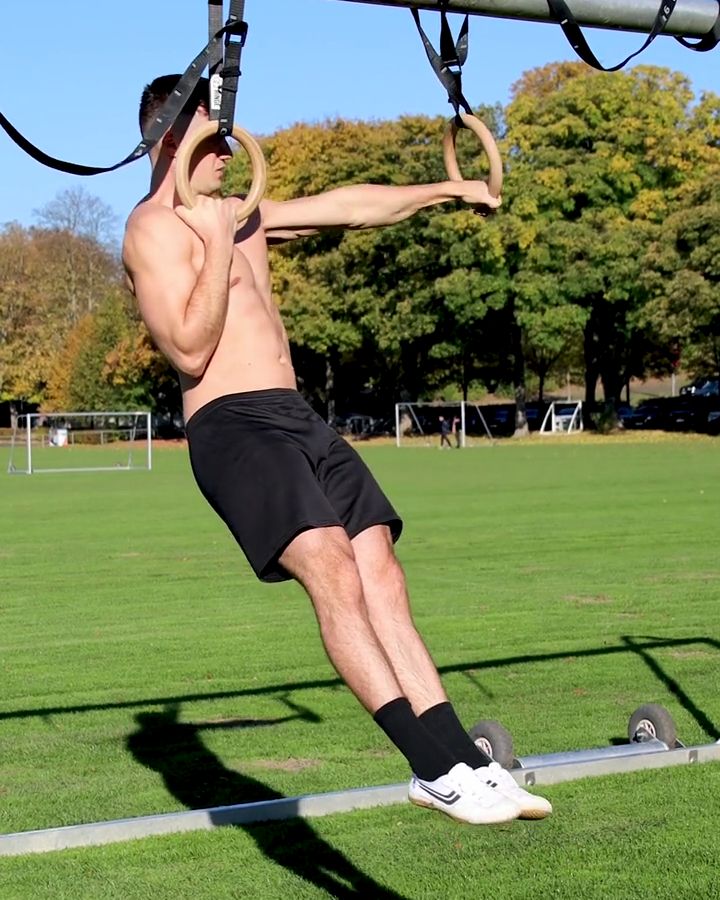
~e5724973d14549c23ea8a586b5736b36.png?alt=media)
